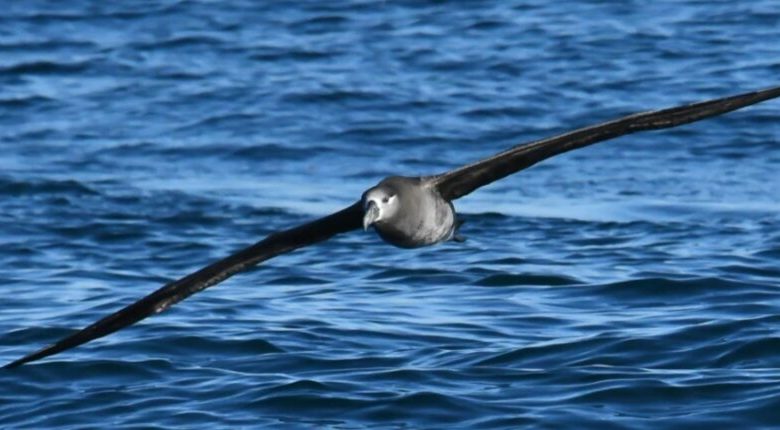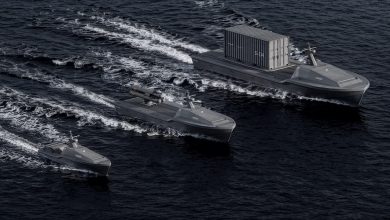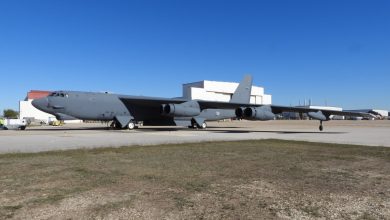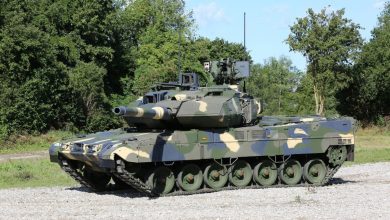UC Researchers Explore Drone Concept That Mimics Albatross Flight

UC researchers are developing a drone concept that mimics the albatross, using wind-sensing control to maximize endurance and efficiency.
A team of researchers from the University of Cincinnati is developing a drone concept inspired by the albatross, a large seabird known for its ability to glide vast distances without flapping its wings.
Led by Assistant Professor Sameh Eisa, the project aims to create an unmanned aerial vehicle (UAV) that can autonomously adapt to shifting wind conditions, adjusting its angle of attack and roll in real time when needed.
The team is drawing from the bird’s dynamic soaring technique and other flight behaviors to enhance UAV efficiency and endurance. This approach exemplifies biomimicry, where biological systems help solve complex design challenges.
“Flying is fascinating,” Eisa said. “Nature has been optimizing flight for millions of years. To take this gift and make it available to humanity is engineering at its best.”

The project recently secured $700,000 in funding from the Defense Advanced Research Projects Agency (DARPA).
Learning From Nature’s Flyers
Albatrosses rely on wind currents to stay aloft, using their 11-foot (3.4-meter) wingspans to glide for long periods with minimal energy.
GPS tracking has shown they can travel up to 100 miles (160 kilometers) per week and, over a lifetime, may cover a distance equivalent to 20 trips between Earth and the moon.
Their secret lies in dynamic soaring. The birds gain altitude by turning into the wind, then descend to harness tailwinds and gravity, repeating the cycle near the surface to maintain momentum without flapping.
Eisa’s team has modeled this technique as a “natural extremum-seeking system,” one that continuously searches for the most energy-efficient path.
With the help of high-performance computing and optimization algorithms, the team was able to simulate wind conditions and birdlike responses to refine real-time control systems for UAVs.





